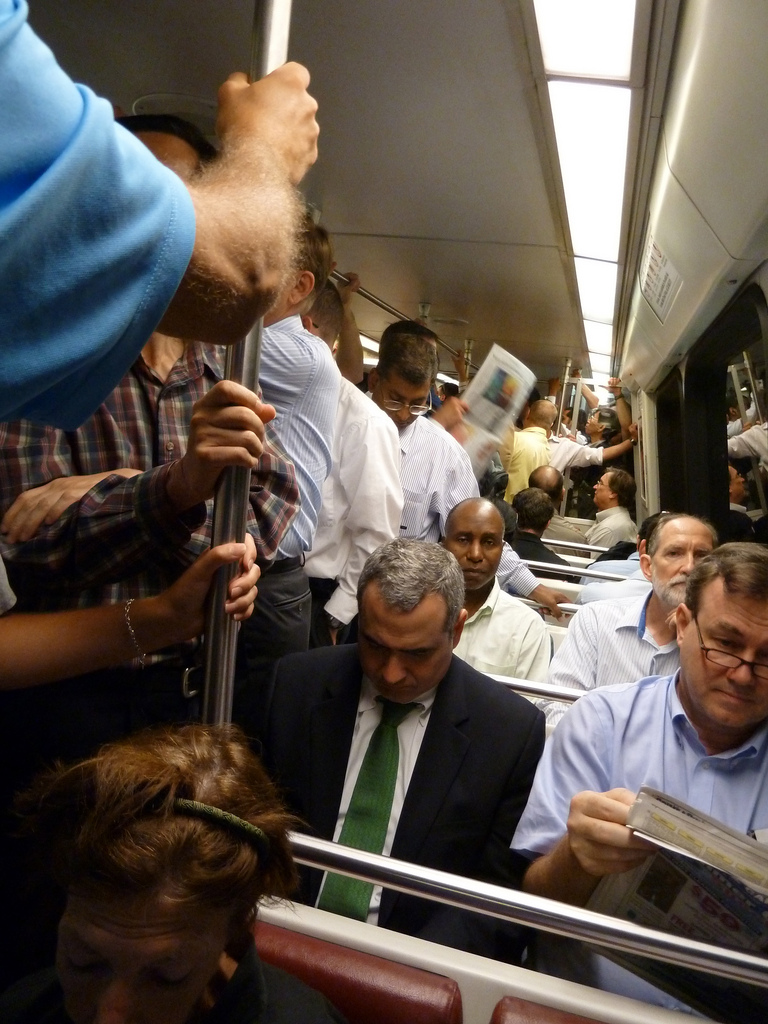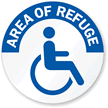How to evacuate a subway
I take the subway to work every morning. Usually I’m in a groggy, zoned-out state with my headphones in and my brain still turned off. However, there are those occasional mornings my mind goes all “Final Destination”-y, and I consider what I would do in case of an emergency that would cause me to evacuate a subway.
Sure, sometimes the subway is a pain, like when your train is delayed or a fellow passenger has body odor, but there are many reasons to appreciate subway systems. They’re fast (usually), reliable (usually), able to move large groups of people, cheaper than owning a car, and overall more efficient in urban areas than other modes of transportation. But in an emergency situation, the congestion and crowds can make them difficult to evacuate.

A crowded Washington Metro train (via Jill Siegrist).
Odds are you will never need to evacuate a subway train, but if you’re ever unlucky, know how to handle the situation. While riding, always listen for announcements. Contact a train crew member if you missed an announcement or need more information. In case an emergency is announced or unfolding, here’s what to do:
- As in any emergency situation, remain calm.
- Report the emergency to a train crew member if unannounced.
- Do not exit the train unless instructed to by a train crew member or emergency responder. The tracks may be electrified or there may be other trains in motion nearby.
- If given instructions by the crew or emergency workers, follow them.
- Do not pull the emergency brake. You should not pull it in the event of a fire, medical emergency, or if a crime occurs. This can be confusing. When you pull the brake the train comes to an immediate stop and locks you in. Only pull the brake when someone is caught between the closing doors or between subway cars.
- If you need to leave the train car you’re on, walk carefully to another car.
- If you are forced to walk down the tunnel, avoid the third rail. The third rail is the most interior rail, the one furthest from the tunnel walls. Often, it is electrified.
- Find the nearest exit. Emergency exits are usually located halfway between each station.
Remember, entering the tunnel without instruction from a trained professional is extremely dangerous. Only do so if there is no other way to safety. Tunnels are not well-lit; they are filled with high-voltage rails and debris that could cause injury, and other trains may be moving nearby. According to the Metropolitan Transit Authority (MTA), “all on-board subway personnel receive training for emergencies on a regular basis,” meaning your best bet in an emergency situation is to follow the trained professionals.

Emergency instructions and emergency brake on the New York City Subway (via Lee Gillen).
Mass transit emergency resources:
MTA emergency evacuation instructions
Washington Metro emergency action instructions
MBTA emergency instructions



